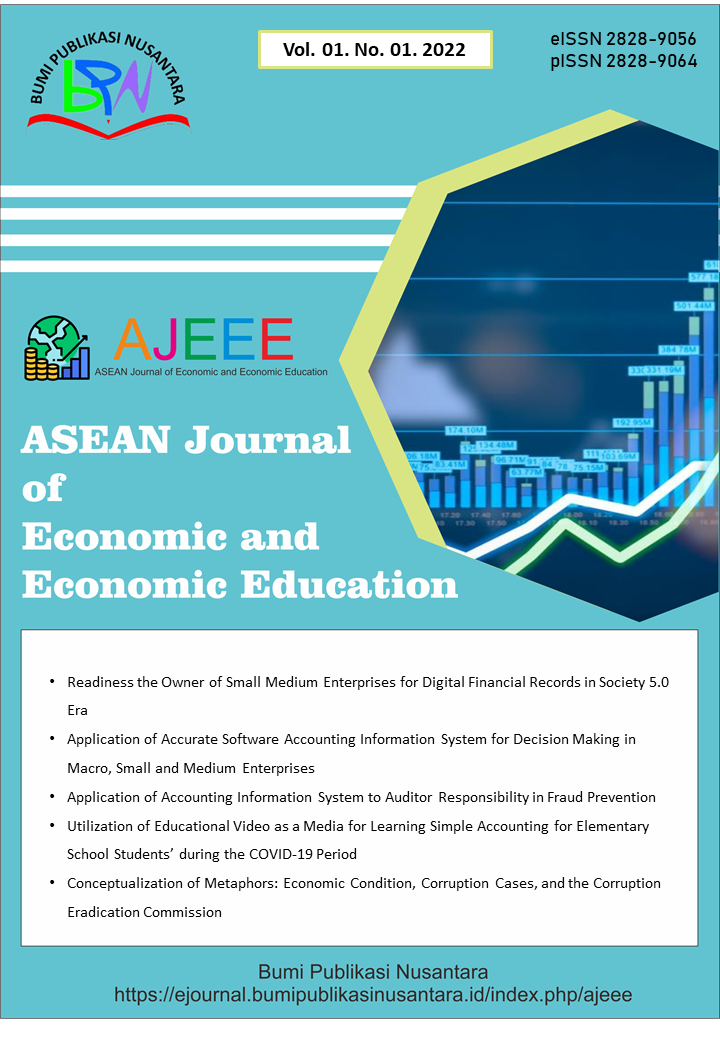Rabbit In, Rabbit Out: The Consumers’ Acceptability of Rabbit as an Alternative Meat
 ), Marielle Joy L. Estrada(2), Luis Henri A. Moscosc(3), Zycka Eaulyn Kirsten A. Valdez(4),
), Marielle Joy L. Estrada(2), Luis Henri A. Moscosc(3), Zycka Eaulyn Kirsten A. Valdez(4),
(1) Sultan Kudarat State University
(2) Sultan Kudarat State University
(3) Sultan Kudarat State University
(4) Sultan Kudarat State University
 Corresponding Author
Corresponding Author
Abstract
Keywords
References
Aggarwal, Y. P. (2008). Descriptive method. International Journal of Transformations in Business Management, 1(6), 3-4.
Buitrago-Vera, J., Escribá-Pérez, C., Baviera-Puig, A., and Montero-Vicente, L. (2016). Consumer segmentation based on food-related lifestyles and analysis of rabbit meat consumption. World Rabbit Science, 24(3), 169-182.
Espiritu, J., Uy, E., and Gatdula, M. (2022). Consumer acceptability of empanada stuffed with rabbit meat (Lapanada) using baking and frying method of cooking. Journal of Education, Management and Development Studies, 2(1), 103-109.
Malek, L., and Umberger, W. J. (2021). Distinguishing meat reducers from unrestricted omnivores, vegetarians and vegans: A comprehensive comparison of Australian consumers. Food Quality and Preference, 88, 104081.
Michel, F., Hartmann, C., and Siegrist, M. (2021). Consumers’ associations, perceptions and acceptance of meat and plant-based meat alternatives. Food Quality and Preference, 87, 104063.
Muka, T., Kiefte-de Jong, J. C., Hofman, A., Dehghan, A., Rivadeneira, F., and Franco, O. H. (2015). Polyunsaturated fatty acids and serum C-reactive protein: The Rotterdam study. American Journal of Epidemiology, 181(11), 846-856.
Mutsami, C., and Karl, S. (2020). Commercial rabbit farming and poverty in urban and peri-urban Kenya. Frontiers in Veterinary Science, 7, 353.
Petracci, M., and Cavani, C. (2013). Rabbit meat processing: Historical perspective to future directions. World Rabbit Science, 21(4), 217-226.
Tsuji, T. (2021). Crocodiles in Philippine folklore. Southeastern Philippines Journal of Research and Development, 26(1), 19-34.
Article Metrics
Abstract View : 5383 times
: 5383 times Download : 5115 times
Download : 5115 times
Refbacks
- There are currently no refbacks.
Copyright (c) 2022 Yayasan Bumi Publikasi Nusantara

This work is licensed under a Creative Commons Attribution-ShareAlike 4.0 International License.



_publication_ethics1.png)



